The 10 common mistakes to avoid in lighting design for professional projects
In a professional project, lighting plays a role as strategic as it is technical. Whether it is an office space, a store, a restaurant, or a workshop, successful lighting design improves comfort, productivity, and the perception of the place. Yet, many mistakes are still made, often due to lack of anticipation or knowledge of best practices. This article reviews the 10 common mistakes in lighting design for professional projects as well as concrete advice to avoid them.
1. Underestimating the importance of natural light
In many professional projects, natural light is relegated to the background in favor of oversized artificial lighting. This choice can lead to unnecessary expenses, visual discomfort, and an unbalanced lighting in the space. Yet daylight offers incomparable comfort, better color perception, and contributes to occupants' well-being.
To take advantage of this asset, it is essential to enhance existing openings (bay windows, skylights, light wells), to provide automatic regulation devices (blinds, light sensors), and to design artificial lighting as a complement to natural light – not as a substitute. An approach that combines energy savings and quality ambiance.
2. Poor positioning of light sources
A good luminaire poorly placed remains bad lighting. Too often, LED luminaires are installed without real consideration of their orientation or function, causing annoying cast shadows, underlit areas, or unpleasant reflections, especially on screens, display cases, or shiny surfaces.
To ensure effective and comfortable lighting, it is essential to think in terms of use: where will users move, work, interact? It is important to position the light sources taking into account the traffic paths, the workstations, the display areas, and the reception spaces. A functional and targeted approach optimizes the light while enhancing the overall aesthetics of the project.
3. Using only one type of lighting

Opting only for uniform general lighting risks making a space flat, monotonous, and unengaging. Too many professional projects settle for a ceiling covered with LED panels or identical spots, without differentiation or enhancement of volumes or functions.
To create a successful and dynamic atmosphere, it is essential to apply the principle of layered lighting, which is based on the layering of three complementary types of lighting: general (for overall brightness), accent (to highlight an element, texture, or product), and functional (for work or passage areas). It is this combination that visually structures a space, guides the eye, and improves daily comfort.
4. Neglecting glare (UGR too high)
Glare is one of the most underestimated enemies in professional lighting design. It causes visual fatigue, discomfort, decreased concentration, and, in the long term, eye disorders. A UGR (Unified Glare Rating) that is too high is particularly problematic in offices, production areas, and educational environments.
To ensure optimal comfort, it is essential to choose luminaires with good optical control, capable of diffusing light evenly without creating harsh bright spots. It is also important to avoid sources that are too exposed or poorly oriented, and to follow normative recommendations, such as a UGR < 19 for screen workstations. This is a technical criterion often overlooked, but it can make all the difference in daily well-being.
5. Forgetting the color temperature adapted to the use
The color temperature is often overlooked when designing a lighting project, even though it directly affects the ambiance and perception of the space. Using a cool white in a restaurant or a warm white in a workshop is not only inappropriate but also harms the user experience.
To make the right choices, you need to adjust the temperature in Kelvin according to the function of the space:
- 2700K to 3000K: ideal for hotels, restaurants, spas, or relaxation areas — it creates a warm and welcoming atmosphere.
- 3000K to 3500K: suitable for boutiques, museums, or high-end interiors, providing a balance between warmth and clarity.
- 4000K to 5000K: perfect for professional environments such as offices, hospitals, or workshops, where concentration and precision are required.
A good distribution of temperatures also helps to prioritize spaces and guide the user without them even realizing it.
6. Ignoring maintenance and accessibility of luminaires
A LED ceiling luminaire, no matter how efficient, will be useless if it becomes difficult to maintain over time. This is a common mistake in professional projects: prioritizing aesthetics or immediate performance without considering medium- or long-term maintenance. Result: inaccessible luminaires, non-replaceable sources, or costly maintenance.
To avoid this situation, it is essential to integrate the notion of maintenance from the design phase. Here are some key points to consider:
- Accessibility: can the luminaire be easily reached for cleaning, source replacement, or cable intervention?
- Installation height: a luminaire at 5 meters high requires specific equipment for maintenance, which must be anticipated.
- Source lifespan: favor LEDs with a long lifespan (50,000h or more) to limit interventions.
- Drivers and components: check if they are integrated or remote, replaceable or not, accessible without complex disassembly.
A sustainable and pragmatic approach to lighting involves both choosing the right product and its ease of daily maintenance.
7. Neglecting intelligent lighting management
In many professional projects, lighting is still designed as a binary system: on or off. This outdated approach leads to energy overconsumption, a lack of comfort for users, and a total absence of flexibility. Ignoring intelligent lighting management means missing essential levers to optimize both energy efficiency and user experience.
The solution involves integrating suitable protocols and technologies such as DALI, Casambi, or KNX. These systems allow:
- Dimming of luminaires according to time or activity (mood scenarios, automatic reduction at the end of the day, etc.).
- Presence detection in offices, corridors, or secondary spaces, to light only when necessary.
- Time management: automatic shutdown after a certain hour or gradual lighting in the morning.
- Remote control via smartphone, tablet, or BMS, for centralized and simplified management.
This type of intelligent control not only allows for substantial savings but also meets new requirements for visual comfort, space flexibility, and energy transition.
8. Choosing luminaires unsuitable for the location or climate

Each location has its own technical constraints. In outdoor, industrial, or humid zones (parking lots, communal bathrooms, professional kitchens…), it is essential to verify:
- IP protection rating: it determines water and dust tightness. For example, a IP65 luminaire is required for unprotected outdoor areas.
- IK rating: it measures resistance to mechanical shocks. In places exposed to impacts, an IK08 or higher is recommended.
- Materials: stainless steel, polycarbonate, or anti-corrosion finishes are preferable in salty, humid, or aggressive environments.
- Certifications: some projects require luminaires compliant with specific standards (e.g., HACCP in food industry, ATEX in hazardous areas, etc.).
Choosing a luminaire suited to the climate and use is not just a matter of performance but a safety, reliability, and regulatory compliance imperative.
9. Working without a photometric plan
In any professional lighting project, the absence of a photometric study is a major strategic error. Without prior simulation, it becomes impossible to precisely anticipate the illuminance level (in lux), light distribution, shadow zones, or visual contrasts.
Tools like Dialux or Relux allow faithful modeling of a space, integrating real luminaires with their photometric curves, and testing different scenarios. This work enables:
- Validate the number of luminaires needed to reach the lux levels required by standards (EN 12464-1, ERP, etc.).
- Optimize their placement to avoid overlit or underlit areas.
- Anticipate aesthetic effects (cast shadows, beams, uniformity…).
Skipping this step is like designing blindly, with a high risk of costly adjustments, visual discomfort, or non-compliance. Any serious lighting study therefore begins with a complete photometric simulation.
10. Neglecting the aesthetic and architectural impact

Good architectural lighting does more than just provide light: it enhances shapes, reveals materials, and creates a true staging of the space. Yet, in many professional projects, this aspect is relegated to the background in favor of purely functional lighting.
Result: crushed volumes, overlit ceilings, dulled materials… and a banal atmosphere. Poorly integrated lighting can even contradict the initial architectural intent.
To avoid this mistake, it is essential to:
- Collaborate closely with the architect from the earliest phases of the project.
- Analyze lines, reliefs, areas to highlight (vaults, textures, circulation…).
- Use discreet or directional fixtures to sculpt the space with finesse.
- Play with shadows to create rhythm and reinforce the visual identity of the place.
By working with light as a material in its own right, we strengthen the overall coherence of the project and create a true sensory experience.
11. Not respecting lighting standards
Yes, we said 10 mistakes… but here is an eleventh, as a bonus. And not a minor one! Forgetting lighting standards is a bit like building a building without respecting the construction code: at your own risk.
Many projects overlook regulatory requirements, whether out of ignorance or haste. Yet, failing to comply with standards can lead to non-compliance, disputes, or even risks for users.
To avoid these pitfalls, it is essential to refer to precise documents such as the EN 12464-1 standard for indoor workplaces, which defines illuminance levels in lux, glare thresholds (UGR), recommended color temperature, as well as requirements for energy efficiency.
Here are some benchmarks from this standard:
- Offices: 500 lux, UGR<19
- Circulation areas: 100 lux
- Meeting rooms: 300 lux
- Sales areas: from 300 to 750 lux depending on the zones
Also don’t forget the specific standards for certain buildings: ERP, PMR accessibility, fire safety… A good lighting project is also a compliant project.
Designing an efficient professional lighting system is not just about installing a few fixtures here and there. It requires upfront thinking, a thorough knowledge of standards, attention to the actual use of spaces… and above all, avoiding the common mistakes we just discussed.
Whether you are an architect, project manager, or project leader, our team can assist you with your needs in lighting advice, product sourcing, and custom solutions for your sites.
Do you have a current or upcoming project? Contact us via our form dedicated to professionals to benefit from personalized support.

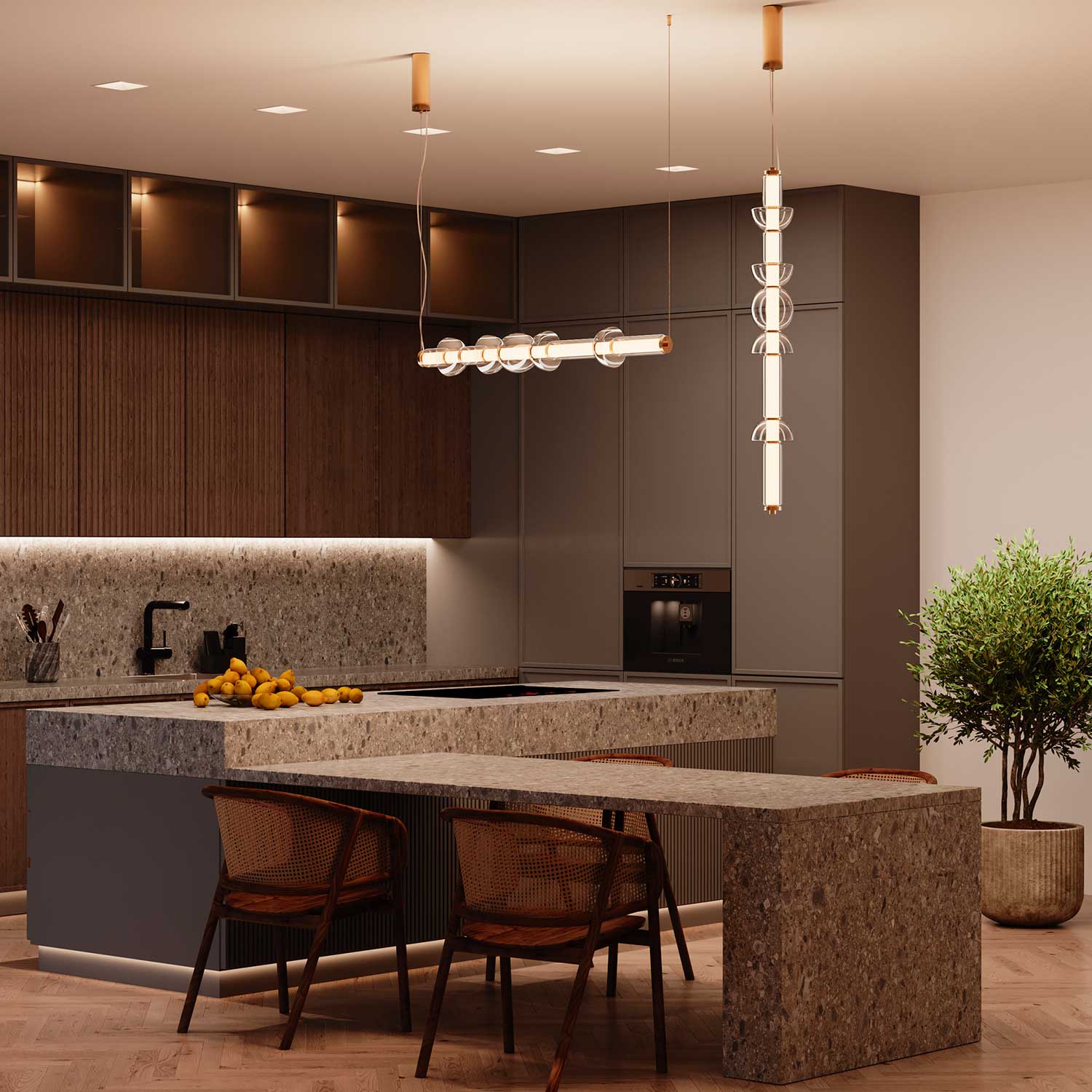
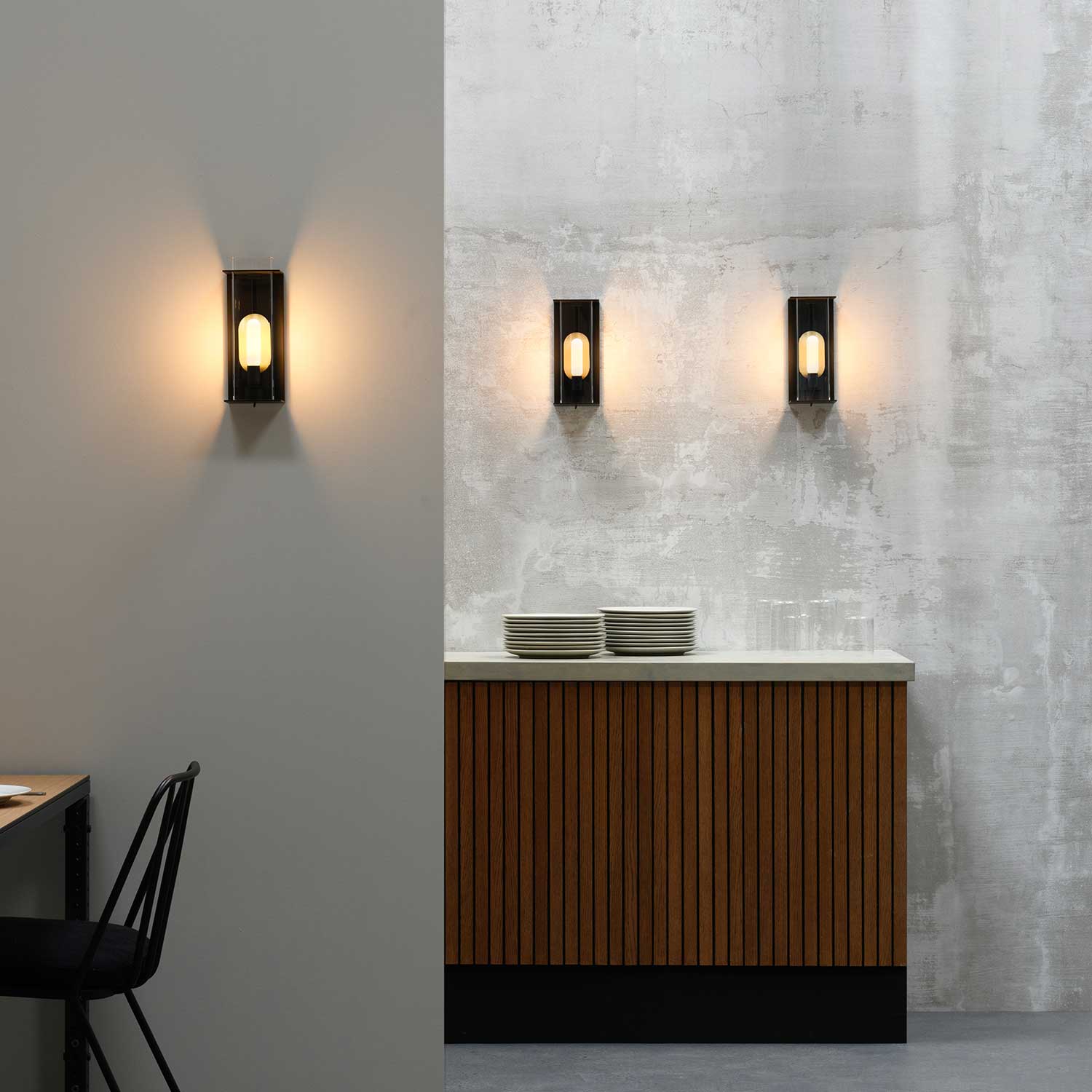
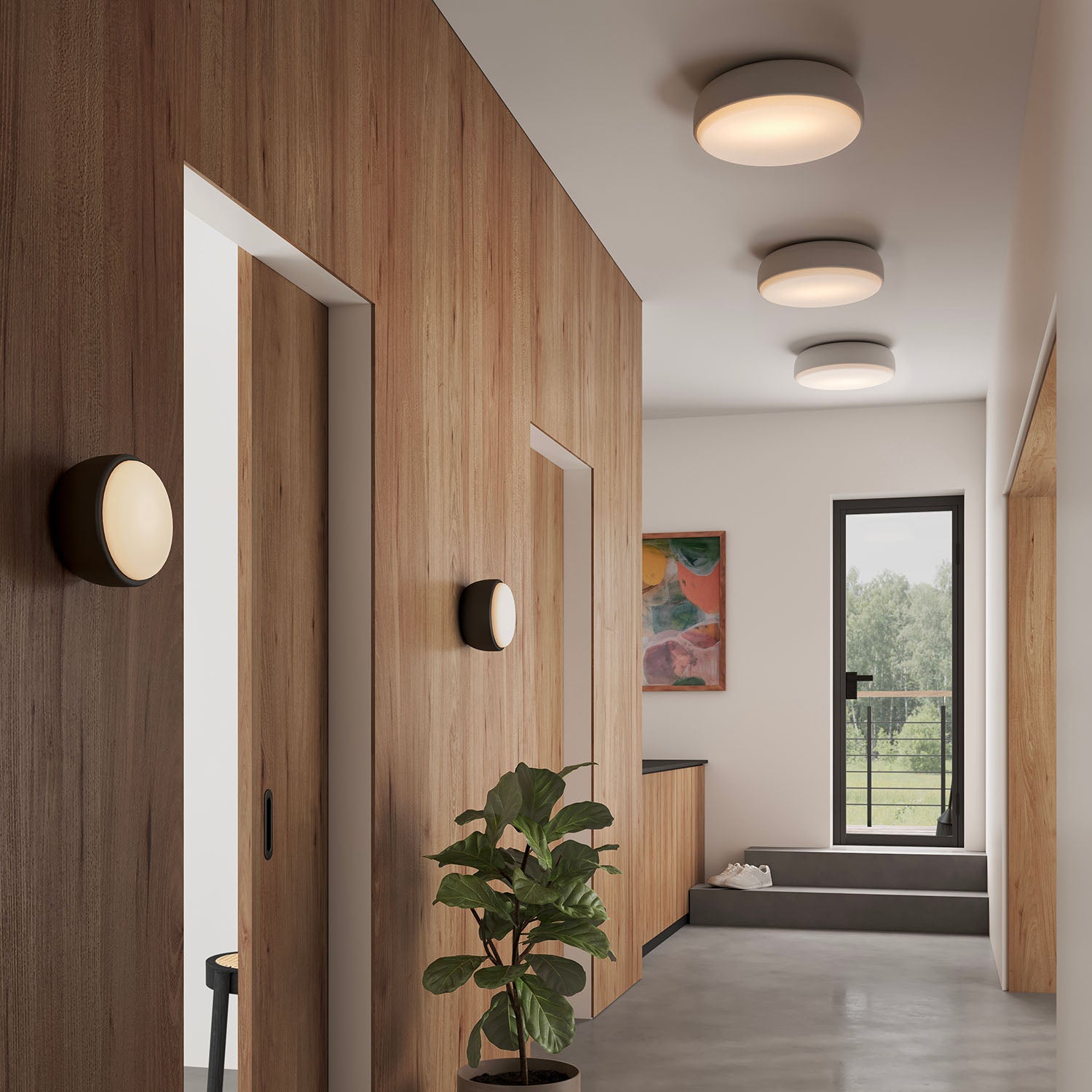
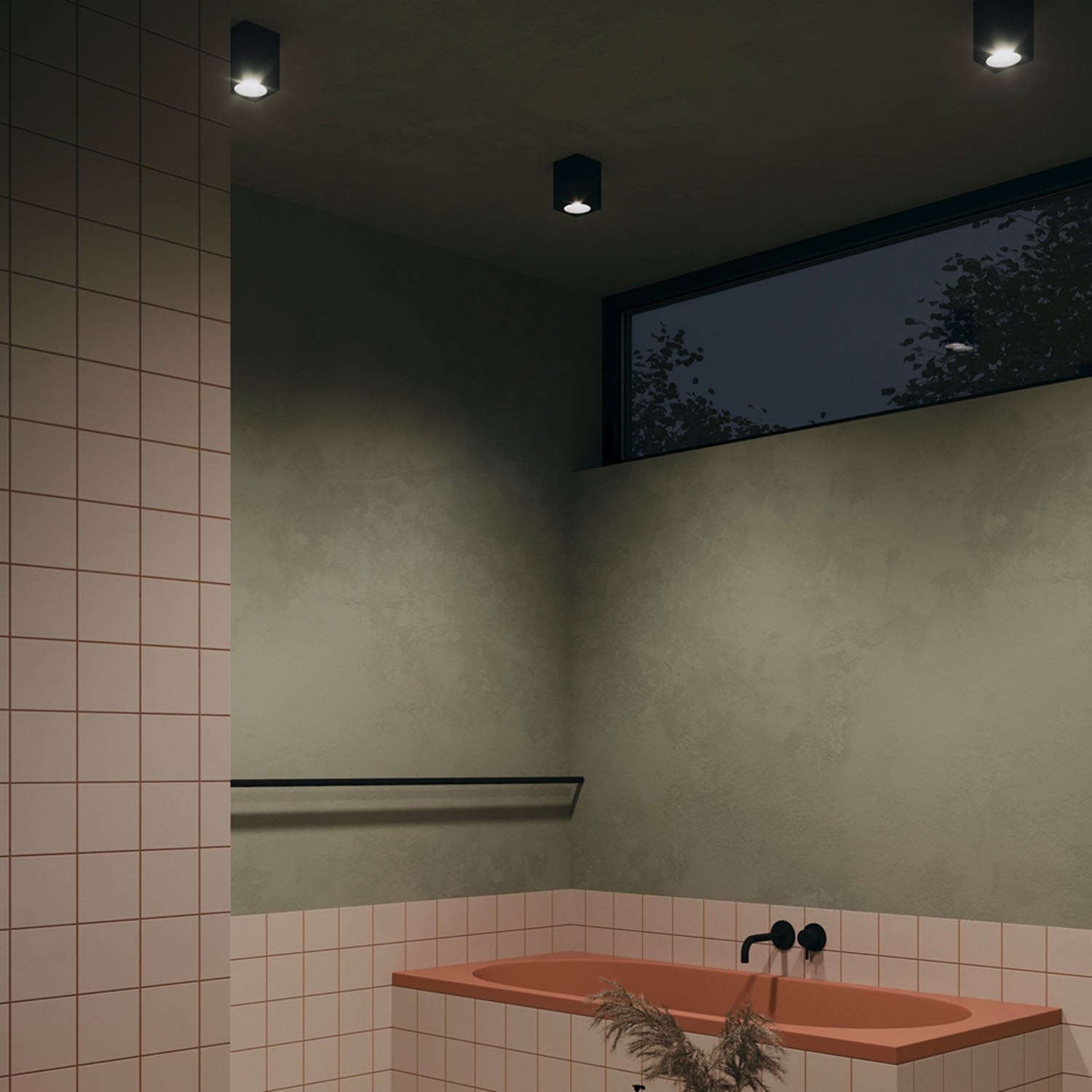
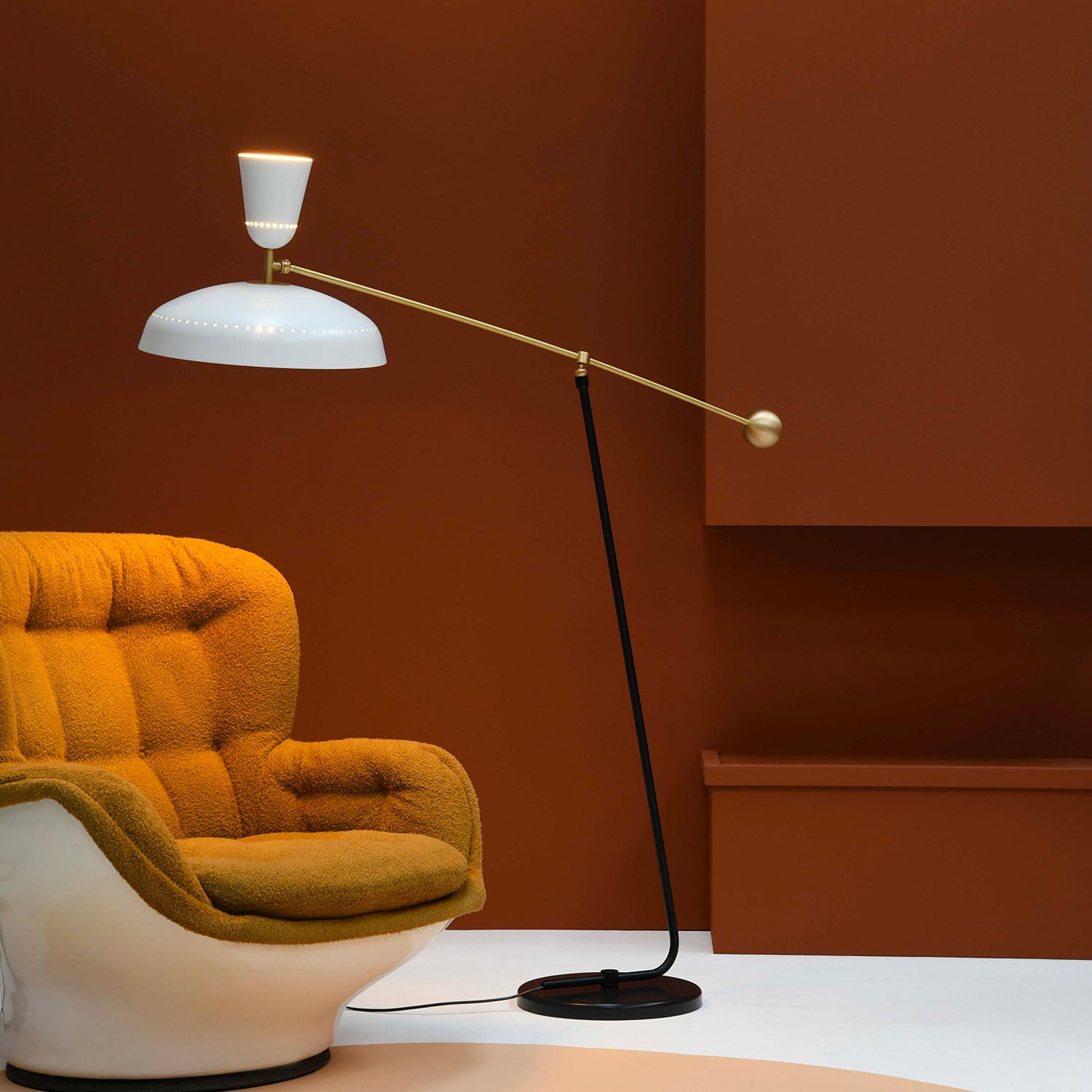
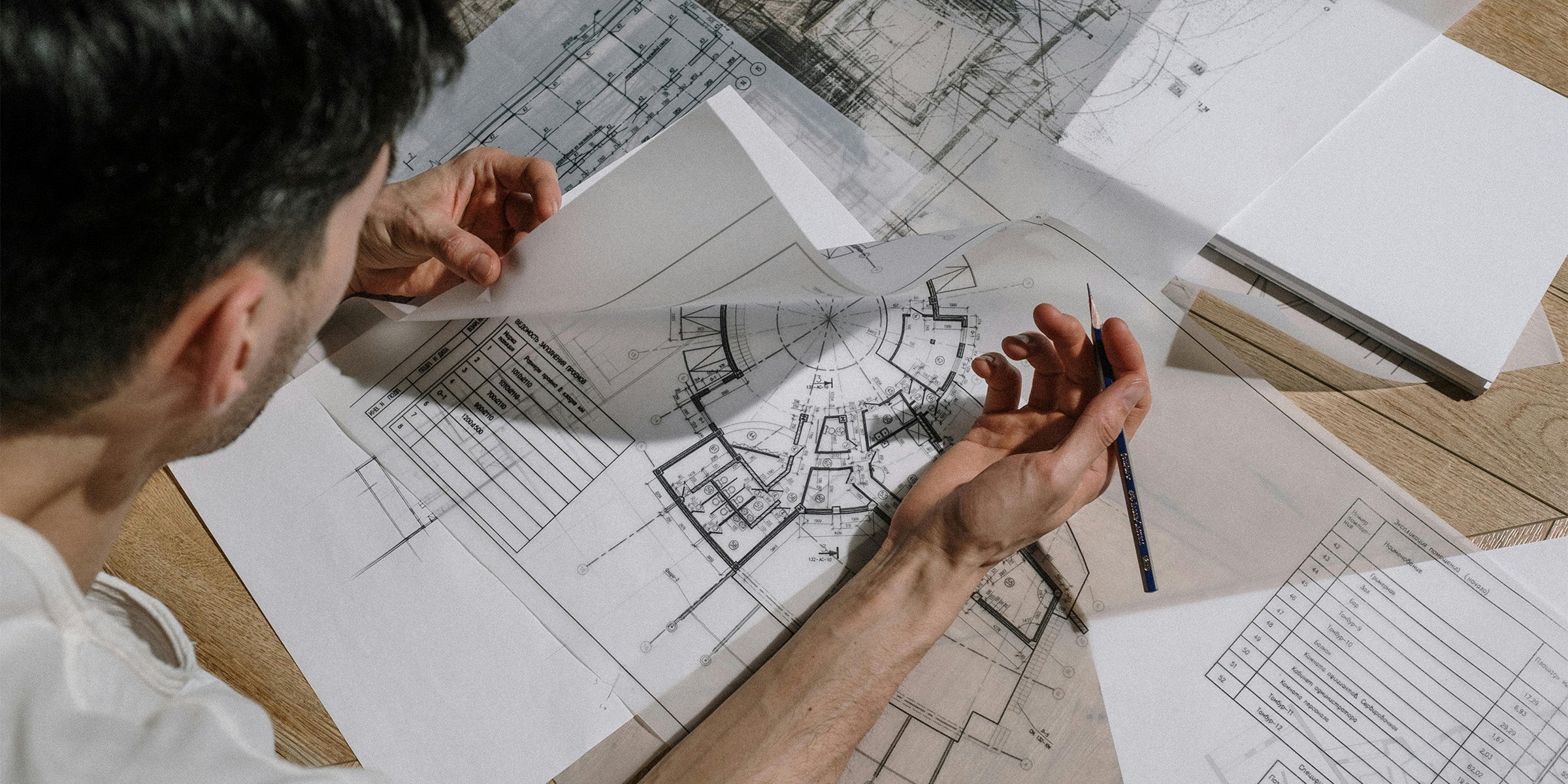
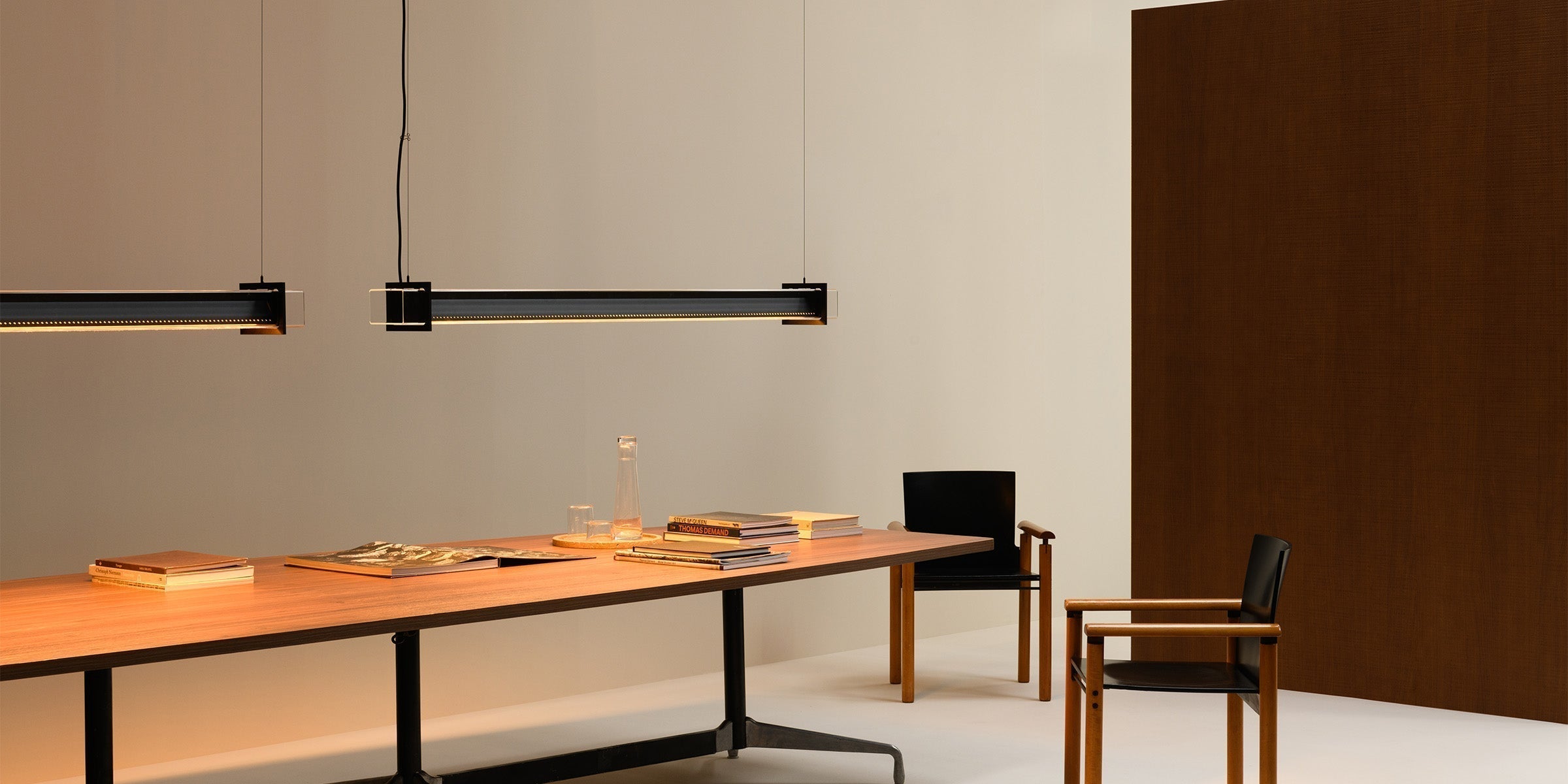
Leave a comment
This site is protected by hCaptcha and the hCaptcha Privacy Policy and Terms of Service apply.